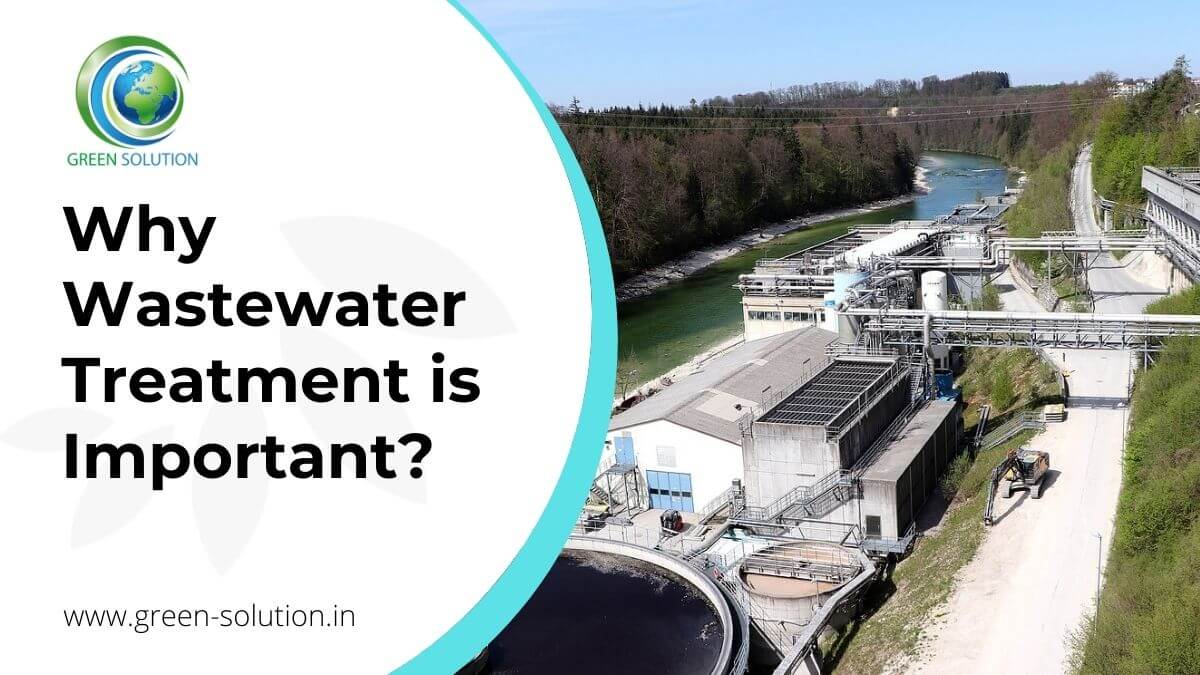The Of Reclaim Waste
Table of ContentsThe Main Principles Of Reclaim Waste The Buzz on Reclaim WasteReclaim Waste Things To Know Before You Get ThisThe 45-Second Trick For Reclaim Waste4 Simple Techniques For Reclaim Waste
Explore the kinds, incidents, and forms of fluid waste. Domestic sewage waste refers to the waste and products from a residential septic system. This type of waste is created by human beings in homes, colleges, and other structures. This only includes septic systems that have a drainpipe field. The appropriate management and disposal of residential sewage waste call for liquid waste to be moved to a sewage therapy plant where the proper techniques and tools are applied to detoxify and take care of waste.
Business waste frequently consists of potential dangers, such as combustible materials or a blend of fluid and solid waste products, and needs an advanced and in-depth disposal procedure. The disposal of commercial waste usually entails the filtration of waste prior to transport to ensure risk-free and proper disposal. Industrial waste is produced from results and drainage of industrial processes and production.
This type of waste can not utilize the very same sewer monitoring transport or procedures as septic or commercial liquids. The hazardous waste management procedure requires the assessment and screening of liquid waste before it goes through the disposal procedure (liquid waste removal melbourne). Drainage waste is the fluid waste that originates from drainage and excess stormwater in very booming locations or cities
Overflow waste can cause contamination and flooding if not handled correctly. Ensuring correct waste monitoring can stop catastrophes and decrease ecological damage.
The 3-Minute Rule for Reclaim Waste
Contact PROS Solutions today to find out about our waste management and disposal solutions and the correct methods to look after the fluid waste you create.
(http://peterjackson.mee.nu/where_i_work#c2441)Do you understand what happens to your water when you disengage, flush the toilet or drain pipes the washing equipment? No? Well, it's worth knowing. This so-called 'wastewater' is not only an essential resource yet, after therapy, will be launched to our land, waterways or the sea. Used water from commodes, showers, bathrooms, kitchen sinks, washings and commercial procedures is referred to as wastewater.

water utilized to cool machinery or tidy plant and equipment). Stormwater, a type of wastewater, is runoff that streams from farming and urban locations such as roofs, parks, yards, roadways, paths and rain gutters right into stormwater drains, after rain. Stormwater streams untreated directly to neighborhood creeks or rivers, eventually getting to the ocean.
The Best Guide To Reclaim Waste
In Queensland, a lot of wastewater is treated at sewage treatment plants. Wastewater is transferred from domestic or commercial websites with a system of drains and pump stations, recognized as sewerage reticulation, to a sewage therapy plant.
The Division of Natural Resources encourages city governments concerning managing, operating and keeping sewerage systems and therapy plants. In unsewered locations, regional governments might call for homeowners to install private or family sewage therapy systems to deal with domestic wastewater from commodes, cooking areas, shower rooms and laundries. The Department of Natural Resources authorizes using household systems when they are confirmed to be efficient.
Many stormwater receives no therapy. In some new subdivisions, therapy of some stormwater to remove clutter, sand and crushed rock has started utilizing gross pollutant catches. Wastewater treatment takes place in four phases: Eliminates strong matter. Bigger solids, such as plastics and other things incorrectly released to drains, are removed when wastewater is gone through screens.
Wastewater then streams right into huge tanks where solids work out and are gotten rid of as sludge. Oil and scum are skimmed from the surface. Makes use of tiny living microorganisms referred to as micro-organisms to break down and get rid of remaining liquified wastes and great particles. Micro-organisms and This Site wastes are integrated in the sludge. Gets rid of nitrogen and phosphorus nutrients that can cause algal flowers in our rivers and threaten water life.
Reclaim Waste for Dummies
Nutrient elimination is not readily available in all sewer treatment plants since it needs costly specialist devices. It is ending up being a lot more usual in Queensland. Clear fluid effluent created after treatment may still contain disease-causing micro-organisms. If this effluent is launched right into rivers such as rivers or the sea, the micro-organisms will ultimately die out.

Most wastewater moves into the sewerage system. Under the Act, neighborhood governments carry out approvals and permits for environmentally pertinent activities (Ages) involving wastewater releases that could have a regional influence.
Not known Facts About Reclaim Waste
Surveillance provides factual information about water quality and can confirm that licence conditions are being met. The information obtained through monitoring offers the basis for making water quality choices.